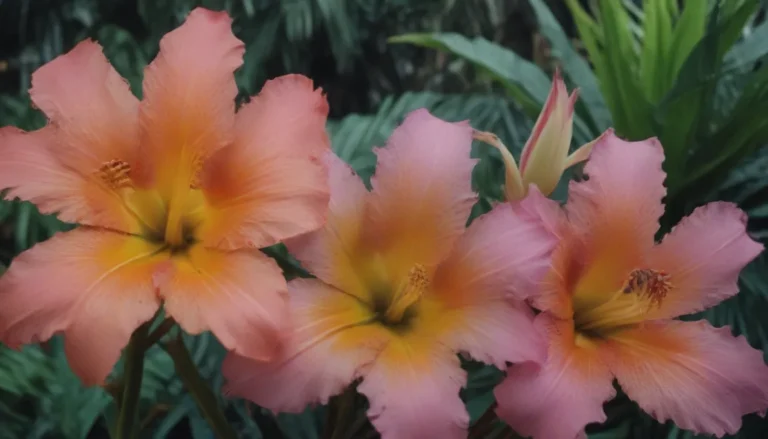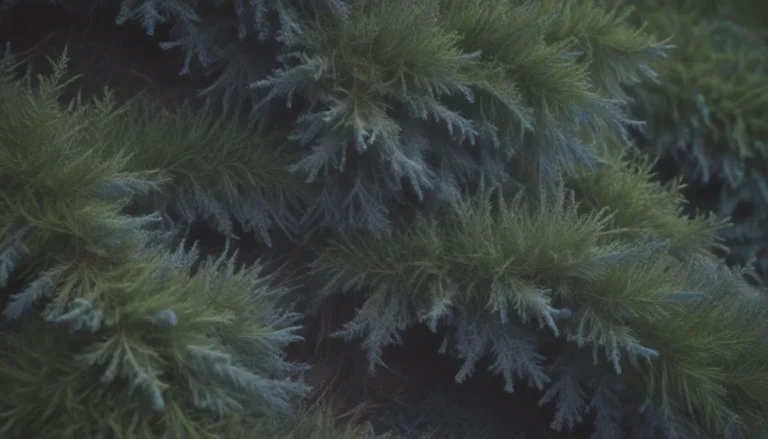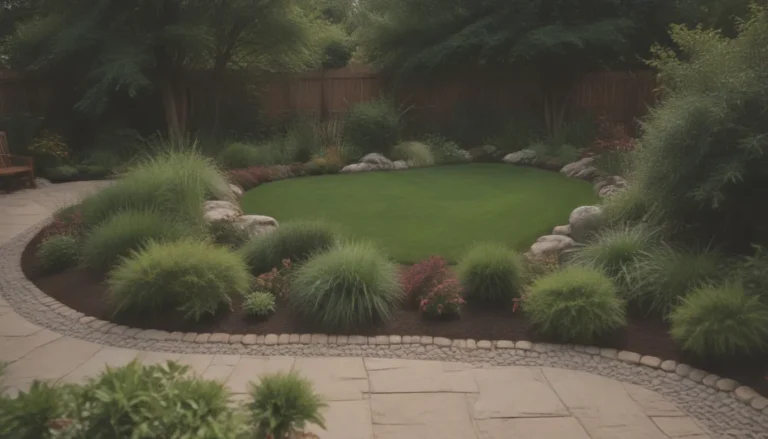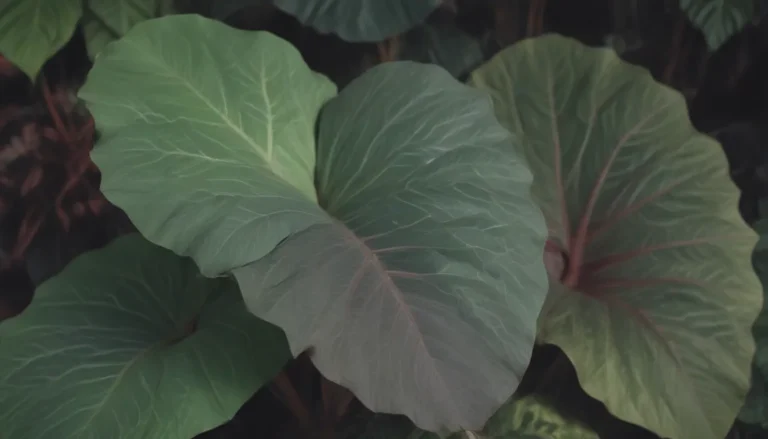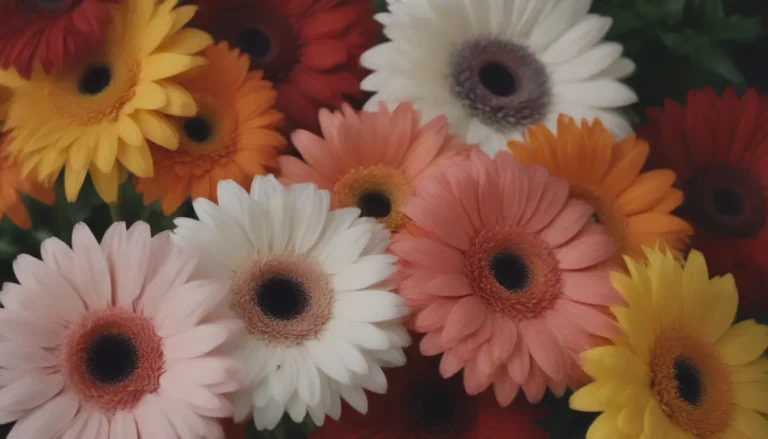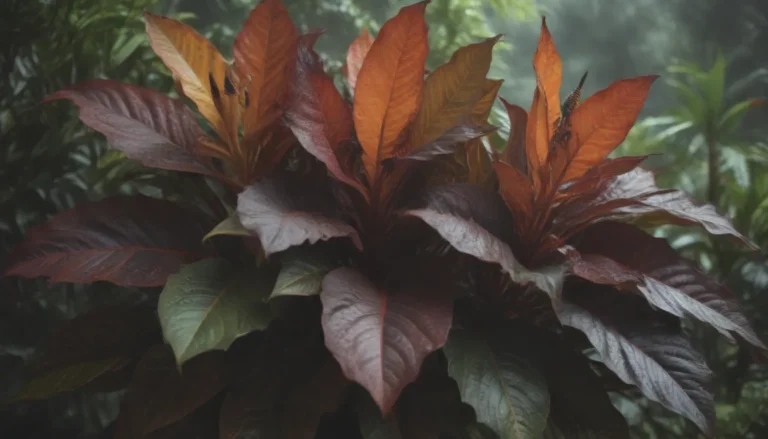The Ultimate Guide to Growing Franklinia Trees

If you’re looking to add a touch of botanical history to your garden, look no further than the Franklinia alatamaha, commonly known as the Franklin Tree. Not only does this tree provide a direct link to our nation’s rich botanical past, but it also aids in the conservation of a species that is extinct in the wild.
In 1765, Philadelphia botanists John Bartram and his son William stumbled upon several shrubs along the Altamaha River during a scientific expedition in Georgia. Believing it to be from the species Gordonia, it wasn’t until closer examination that they discovered this tree, with its larger and more fragrant blooms, was actually a new species. William collected seeds in 1777 and successfully cultivated them at the Bartram family’s botanical garden in Philadelphia. The connection between the Bartram family and Benjamin Franklin, who lived nearby, led to the naming of the species Franklinia in honor of Franklin.
While the Franklin Tree was last seen in the wild in 1803 and eventually became extinct, planting one today not only helps conserve this species but also continues the legacy of an incredible story in American botanical history. Each Franklin Tree planted is a direct descendant of the original seed collected by William Bartram.
The Beauty of Franklinia Trees
If history and trivia aren’t your cup of tea, the Franklin Tree’s stunning appearance will surely catch your eye. This small deciduous tree in the tea family can grow up to 20 feet with a single trunk or smaller if multi-stemmed. Its beautifully fragrant flowers, three to four inches wide, feature five cup-shaped white petals surrounding bright yellow stamens. Come fall, the foliage turns from a warm burgundy to a dark sienna, creating a striking contrast against the pewter bark and branches. With its gorgeous blooms and fiery autumn colors, the Franklinia deserves a prominent place in any landscape for its aesthetics and history.
Franklinia Care Tips
Growing Franklinia trees can be challenging due to various factors like soil adaptability, temperature requirements, and moisture levels. However, with the right knowledge and effort, you can successfully cultivate these rare and beautiful trees.
Finding and Selecting Your Plant
- Look online or visit Bartram’s Gardens in Philadelphia for plant sales and support.
- Ensure your tree is healthy and well-suited for your garden space.
Site Selection and Soil Preparation
- Choose a prominent location for your Franklinia tree.
- Conduct a soil test and amend it according to the tree’s preferences.
- Ensure proper drainage and add organic material to clay-heavy soil.
- Plant your tree shallowly, focusing on the roots rather than the trunk.
- Water thoroughly after planting and cover with mulch, avoiding contact with the trunk.
Light Requirements
- Franklinia trees thrive in full to partial sun, with full sun enhancing their fall foliage color.
Soil Needs
- Opt for a humus-rich, acidic soil with good drainage similar to Rhododendrons.
Watering Needs
- Maintain consistent moisture levels in the soil, avoiding both waterlogged conditions and dry spells.
- Water regularly, especially during drought conditions, to keep the tree healthy.
Temperature and Humidity Considerations
- Franklinia trees are hardy in zones 5 to 8, with a frost-hardy cultivar available for zone 5.
- Provide shelter from cold winds in northern climates to protect the tree.
Fertilizing Tips
- Feed your tree annually with an acidic-based soluble fertilizer in early spring.
- Consider adding magnesium sulfate at one tablespoon per gallon of water for additional nourishment.
By following these care tips and providing the ideal conditions for your Franklinia tree, you can enjoy the beauty and history of this remarkable species in your own garden. Take pride in conserving a piece of our nation’s botanical heritage and watch as your Franklin Tree thrives year after year.
